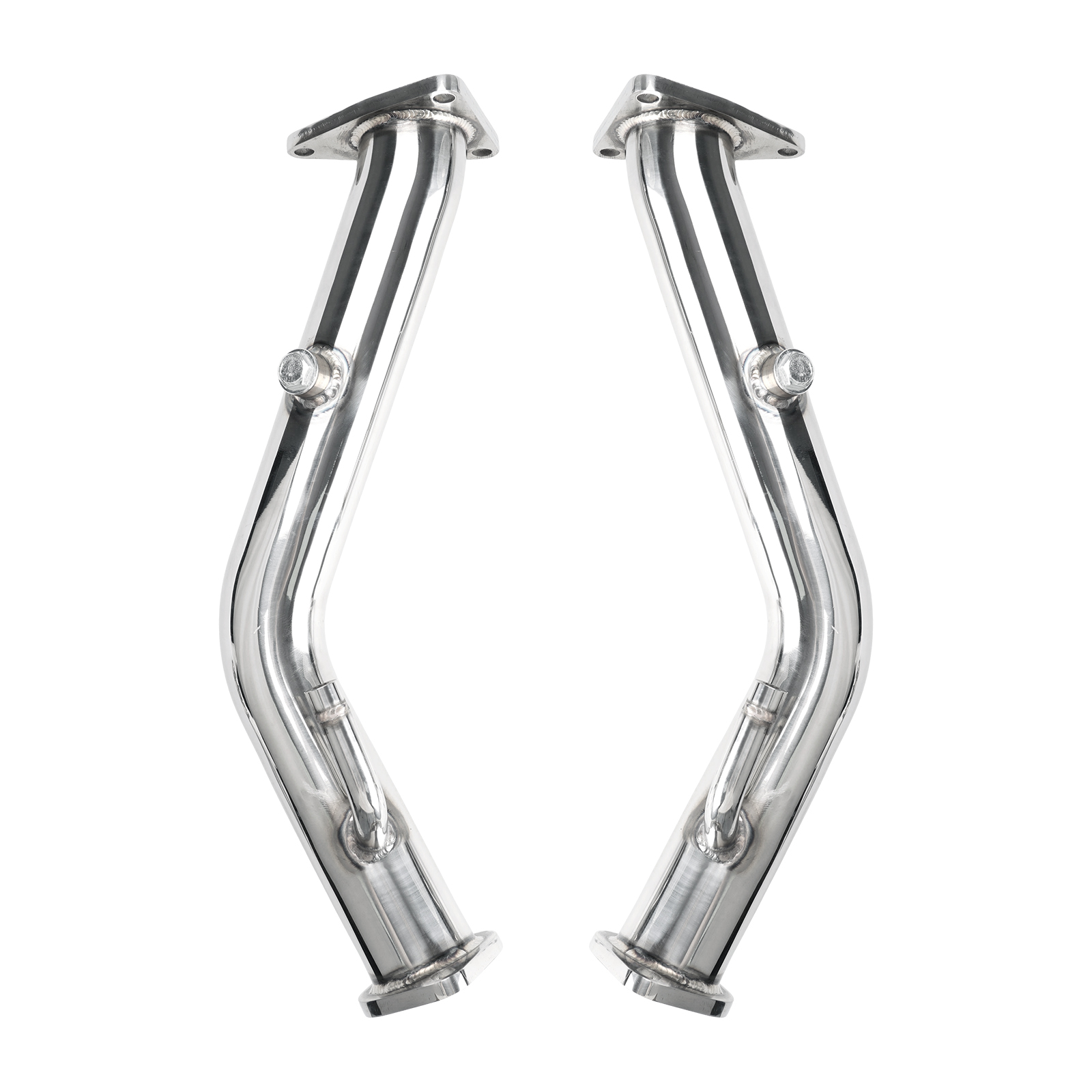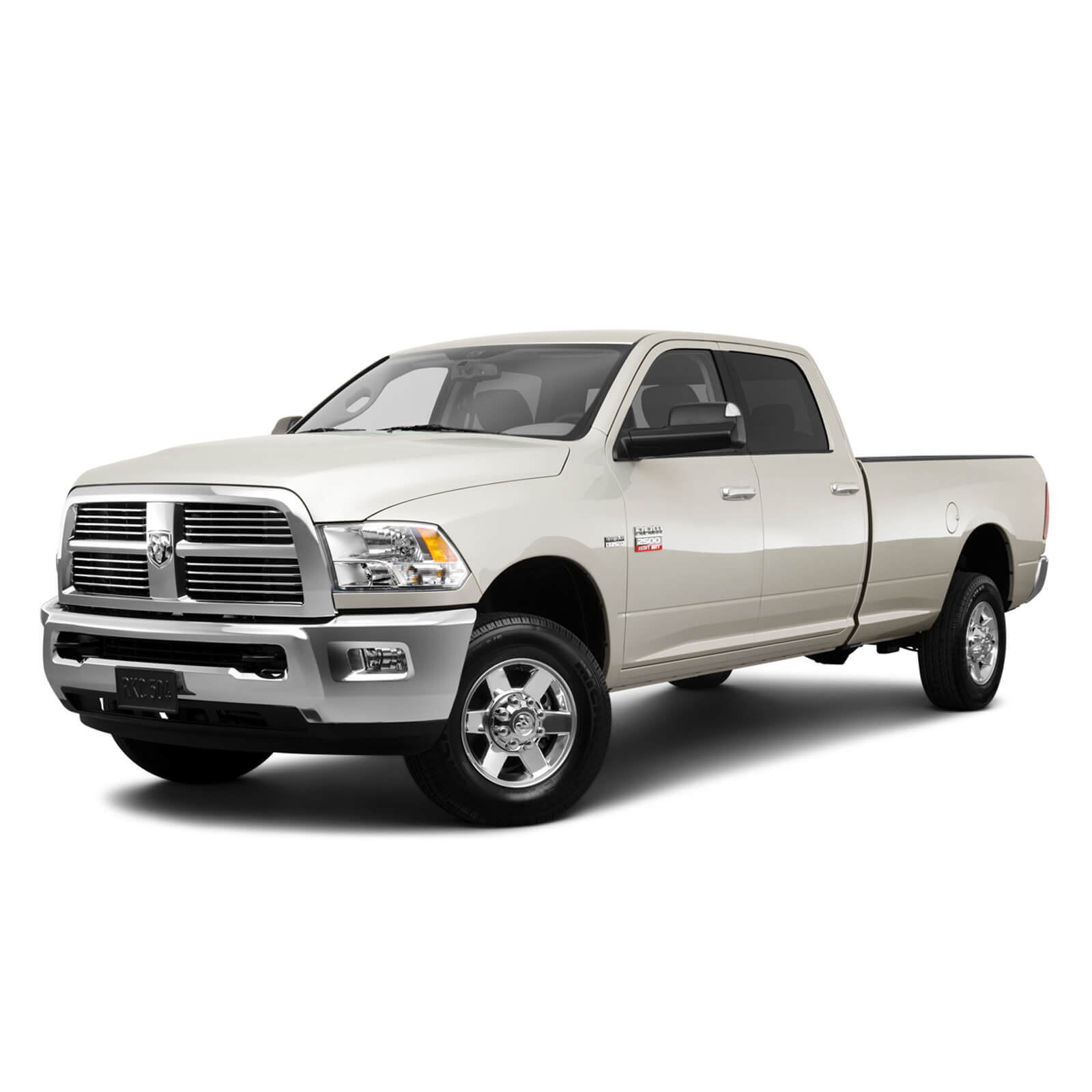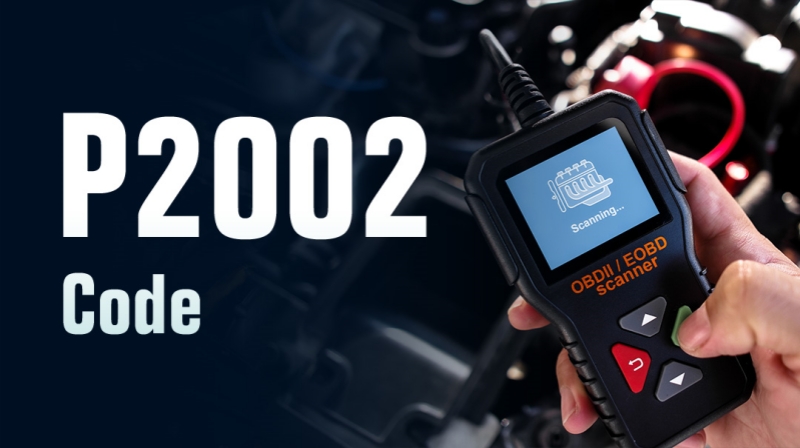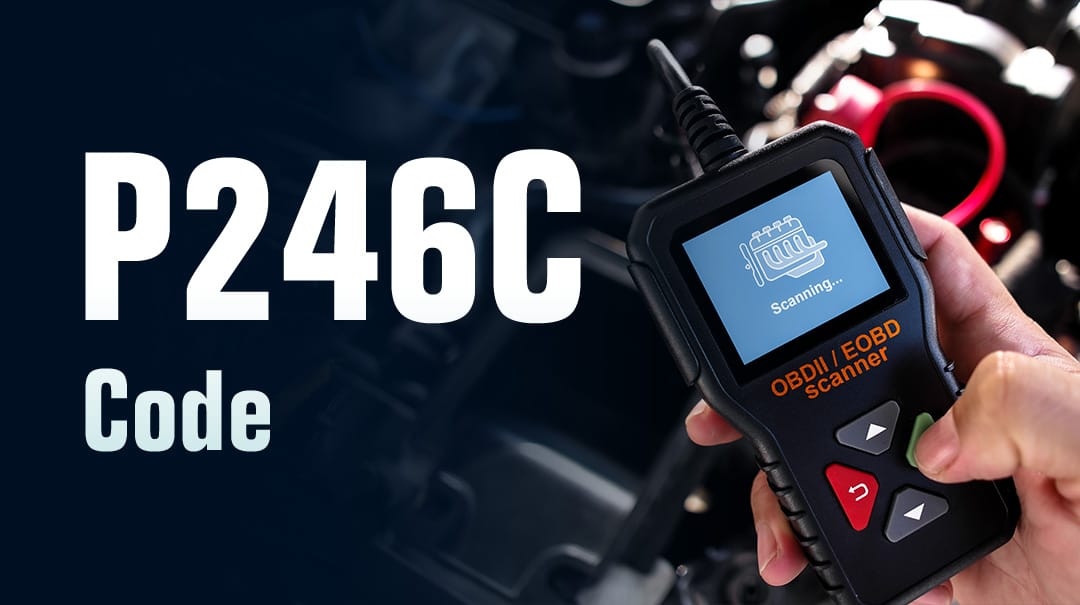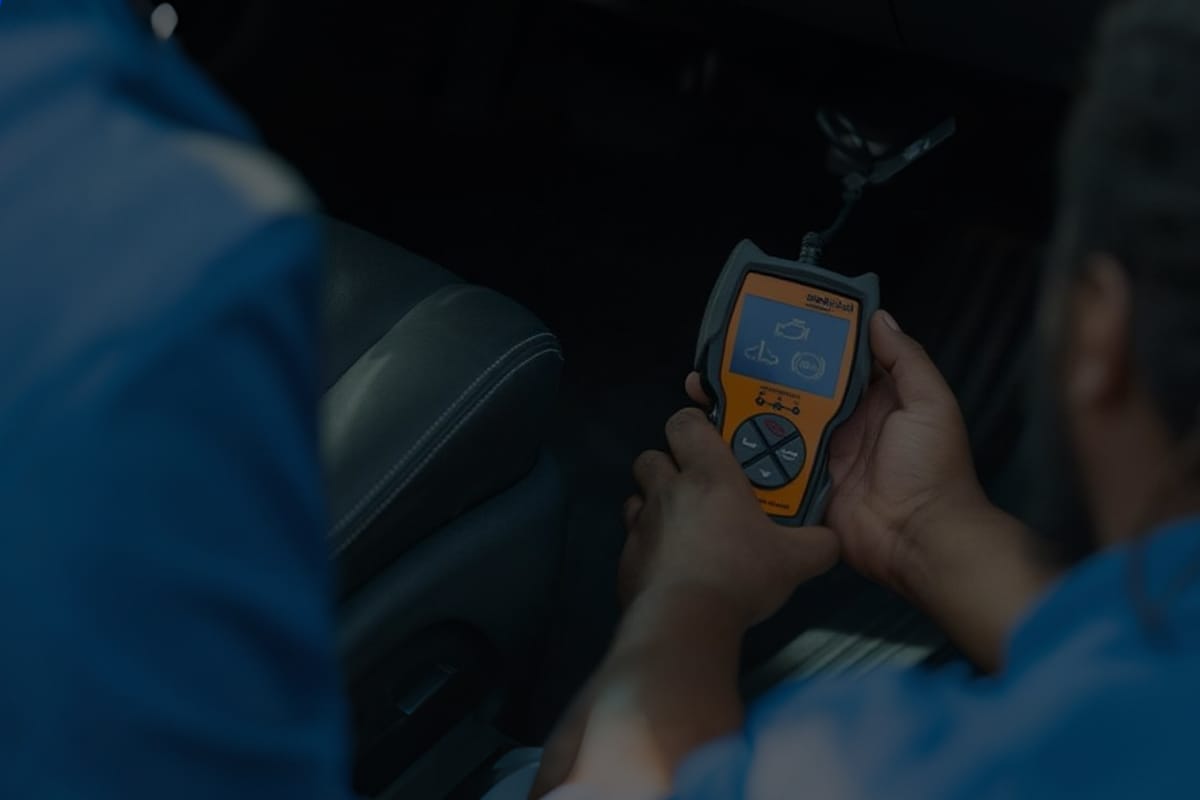You're cruising in your diesel truck on a regular day when that dreaded Check Engine Light blinks on. You pull over, plug in your OBD-II scanner, and there it is - P246B . The screen flashes: "Vehicle Conditions Incorrect for Diesel Particulate Filter Regeneration."
Your first thought? Can I still drive home? Is this going to cost me a fortune?
Take a breath - this code isn't the end of the road. DTC P246B simply means your diesel particulate filter (DPF) can't regenerate properly, usually because the exhaust isn't getting hot enough to burn off soot.
In this article, we'll break down what OBD code P246B means, its symptoms, causes, and fixes. We'll also learn how to diagnose it, estimate repair costs, identify affected vehicles, and keep it from coming back.
- P246B means your diesel's DPF can't regenerate properly due to sensor faults, low exhaust heat, or soot buildup.
- Ignoring it can cause limp mode, fuel wastage, and expensive DPF damage.
- Common fixes include forced regen, sensor replacements, or DPF cleaning.
- Regular maintenance helps prevent it.
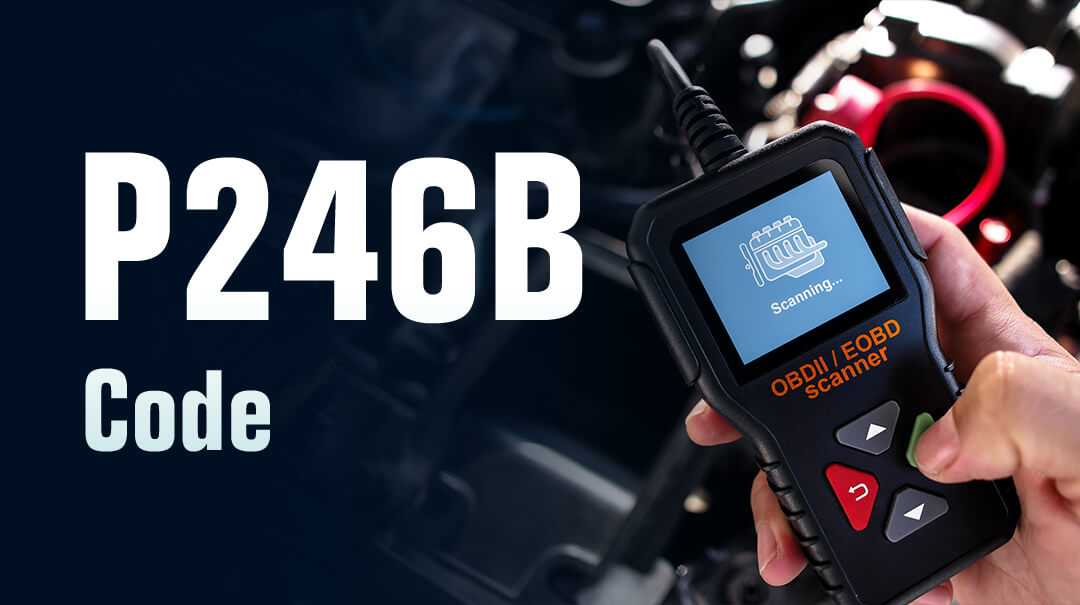
What Does P246B Mean?
P246B means vehicle conditions incorrect for DPF regeneration. It often tells you the Engine Control Module (ECM) detected that conditions weren't right for a DPF regeneration. The diesel particulate filter normally burns away soot once exhaust temps reach around 600°C (1112°F). To make that call, the ECM monitors exhaust gas temperature (EGT) sensors, the DPF pressure sensor, and driving conditions like speed and load.
If the system sees low exhaust temperatures or inconsistent sensor data across several drive cycles, it assumes regeneration can't happen safely and logs P246B.
When that happens, soot builds up inside the filter. You'll feel the engine losing power, fuel economy dropping, and eventually, the system may trigger limp mode to protect the engine.
In short, P246B = your DPF can't clean itself, and it's warning you before bigger damage hits.
Common Symptoms of P246B Code
So how do you know your truck is throwing engine code P246B? Here's what usually pops up:
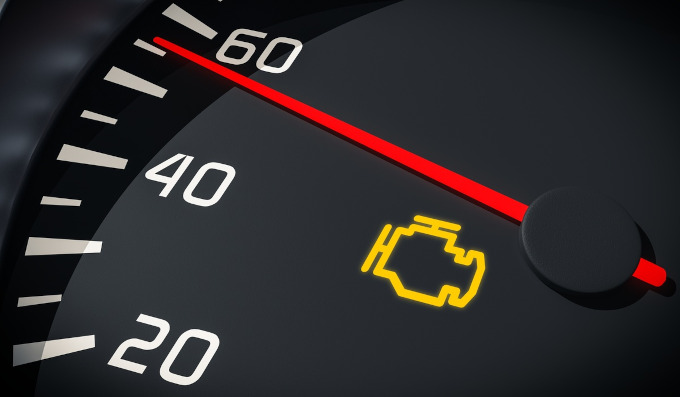
- Check Engine Light: It is always the first sign.
- Reduced engine power or limp mode: The truck protects itself.
- Sluggish acceleration: This happens when your vehicle is loaded or climbing hills.
- Decreased fuel economy: This happens due to inefficient combustion.
- Fan behaving odd: Hotter than usual, fans running more often.
- Warning messages: "DPF Full" or "Regeneration Required."
- Unusual exhaust smell: Sometimes you'll notice a faint burnt odor from the DPF.
Some people just see the light and carry on; others notice the truck suddenly losing punch. As one Ram 2500 owner said on Reddit:
"The dealer says I can drive the truck but that the error will result in limp mode after some unknown number of key cycles. The tech said that the exhaust filter was full and regens would not fix it, so it was replaced at a cost of more than $3,500."
—
u/LieutenantCarlsen on r/ram trucks
Moral of the story: Never ever ignore it. That light is a warning for a reason.
Possible Causes of P246B Code
Several things can trigger the trouble code P246B. Take a look:

- Low exhaust temperature: Short trips, city driving, or cold starts can keep the filter too cool.
- Faulty EGT sensor: If the temperature reading is wrong, the system won't start regen.
- Clogged or saturated DPF: Too much soot that passive or active regen can't handle.
- Differential pressure sensor issues: Wrong readings can stop regeneration.
- Fuel system problems: Bad injectors or post-injection glitches prevent proper exhaust temps.
- ECM software quirks: Outdated calibrations can mess with regen cycles.
- Thermostat or coolant sensor failure: Engine may never reach the temp needed for regen.
- Cold weather idling: Sitting around in the winter adds soot faster.
- Low fuel levels: Some trucks won't start regen below a quarter tank.
- Heavy loads or towing: This can change exhaust airflow and temperature, affecting regen.
Comparison Table: Passive vs Active Regeneration
| Type | When It Happens | Trigger | Driver Role | Common Issue |
|---|---|---|---|---|
| Passive Regeneration | During highway driving | Naturally by heat | Just drive at steady speed | City driving prevents regen |
| Active Regeneration | Automatically by ECM | Post-injection fuel to raise temp | Minimal — system handles it | Sensor or temperature faults stop regen |
If P246B appears, it's usually the active regeneration that's failing to initiate because the ECM thinks conditions aren't right.
How to Diagnose P246B Code
Figuring out why DTC P246B popped up is not rocket science. But you need a proper approach.
Tools you'll need: OBD-II scanner, diesel scan tool with regen mode, infrared thermometer, multimeter, and gloves.
Then you need to go ahead with these steps:
Step 1: Scan for Codes
To begin with, check for related OBD-II codes such as P244A, P2459, or P2463. Record freeze frame data and real-time readings.
Step 2: Inspect DPF Pressure Sensor and Hoses
Locate the sensor (usually near the DPF). Look for cracks, soot buildup, or melted sections. Clean or replace if clogged.
Step 3: Verify Exhaust Gas Temperature
Monitor EGT sensors before and after the DPF. If readings are off or too low during regen attempts, suspect a bad sensor or restricted flow.
Step 4: Check EGR and Intake System
Inspect for excessive carbon buildup. A stuck EGR valve can lower exhaust temperature, halting regen.
Step 5: Perform a Forced Regeneration (If Safe)
Using a diagnostic tool, trigger a manual DPF regen. If it fails again, re-check temperature and pressure readings — you’ve either got a faulty sensor or a blocked DPF.
Step 6: Test Drive and Re-Scan
After any repair or cleaning, take a 15-minute highway drive. If the PCM can complete a full regen cycle, your fix worked.
Repair Solutions for P246B Code
Here's a prioritized approach to fixing the trouble code P246B:
- Highway driving for passive regen – If soot levels are low, a 20–30 minute run at steady speed may reset the DPF.
- Sensor cleaning or replacement – EGT or differential pressure sensors are relatively affordable fixes.
- Check hoses and wiring – Cracked or clogged sensor hoses often trigger false P246B codes.
- Forced regeneration – Professional scan tool cycles to burn off soot when conditions allow.
- DPF cleaning – High-temperature shop cleaning or ultrasonic cleaning restores flow.
- DPF replacement – If saturated or damaged, a new filter is necessary.
- EGR, fuel, or turbo repairs – Systems contributing to excessive soot must be addressed to prevent recurrence.
Preventive Product Option (Off-Road Use Only): If your vehicle is used only in off-road or competition environments, some owners install DPF delete or performance pipes. These setups can help prevent repeated regeneration failures and stop DPF-related trouble codes from returning.
However, these products are not legal for street use. Always check and follow your local emissions laws. For off-road builds, you can browse
SuncentAuto's delete pipe options, made specifically for closed-course and off-highway applications.
Vehicles Commonly Affected by P246B
| Make | Common Models | Typical Cause/Pattern |
|---|---|---|
| Ford | F-250, F-350 Super Duty (6.7L Power Stroke) | Incomplete DPF regeneration during idling or towing. |
| Chevy / GMC | Silverado, Sierra | Low-speed city driving causes soot buildup. |
| Ram | 2500, 3500 | Faulty exhaust temperature sensor |
| Volkswagen | Passat, Jetta TDI | Short trips prevent DPF regeneration |
| BMW | 335d, X5 Diesel | Temperature sensor shift |
| Mercedes-Benz | Sprinter, Bluetec models | Pressure sensor faults during long idles |
Tip:
Knowing these brand patterns helps pinpoint issues faster and avoid repeat DPF failures.
Repair Cost Estimate for P246B
| Repair Type | Estimated Cost (USD) |
|---|---|
| Diagnostic Scan | $100–$150 |
| Sensor / Hose Replacement | $150–$400 |
| Forced Regen / Cleaning | $400–$800 |
| DPF Replacement | $1,000–$2,500 |
| ECM Update | $100–$200 |
DIY cleaning or early sensor replacement can cut costs - delay it, and repairs may skyrocket.
Prevention Tips for P246B Code
Keeping engine code P246B at bay is mostly about good habits:
- Drive Longer Distances Weekly: Let your diesel run above 40 mph for at least 20 minutes - it allows full regen.
- Use High-Quality Low-Ash Diesel Oil: Prevents soot buildup and sensor fouling.
- Clean or Replace DPF Pressure Hoses Every 20,000 Miles: Cheap preventive maintenance that keeps pressure readings accurate.
- Avoid Constant Short-Trip Driving: DPFs need heat - frequent cold starts cause incomplete burns.
- Follow Scheduled Maintenance: Regular service keeps the EGR, turbo, and sensors clean - all critical to regen success.
FAQs About P246B Code
Conclusion
DTC P246B is your diesel engine's way of saying, "I can't clean my DPF right now." If you ignore it, you will have costly repairs, reduced power, and eventual limp mode. Not good, right?
So, address it early and act on it. Check your sensors, maintain proper fuel levels, and take your truck on occasional highway drives to let the DPF regenerate properly. Also, keep up with routine maintenance.
For off-road users, DPF delete kits are sometimes used to remove DPF-related codes completely, cut future maintenance costs, and improve performance. SuncentAuto offers removal-related products for these setups. Just remember: DPF deletes are not legal for on-road use, and you must follow local emissions laws.





















